Authorities say the official death toll has risen to 2,189 following the earthquake in the country’s south.

19 Aug 2021
Fresh tremors shook buildings late on Wednesday in the southern Haitian city of Les Cayes, a Reuters witness said, a few days after a devastating earthquake killed almost 2,200 people across the Caribbean nation and injured thousands more.
A police officer on patrol in Les Cayes said there were no immediate reports of further deaths or damage in the region, which is still reeling from the 7.2 magnitude earthquake on Saturday morning.
KEEP READING
Across the seaside city, families were sleeping on mattresses in the streets.
Haitian authorities said late on Wednesday that the official death toll from the quake had risen to 2,189.
The poorest country in the Americas, Haiti is still recovering from a 2010 quake that killed over 200,000.
‘On its knees’
Prime Minister Ariel Henry said that the quake had left Haiti “on its knees”, as survivors showed increasing frustration about the sluggish arrival of relief in hard-hit areas.
Henry had promised a rapid increase in aid. But in a video address on Wednesday evening, he conceded that the Caribbean nation was in trouble.
“The earthquake that devastated a large part of the south of the country proves once again our limits, and how fragile we are,” said Henry.
Dozens of people went to Les Cayes airport demanding food after a helicopter arrived carrying supplies, a witness told the Reuters news agency. Police intervened to allow a truck carrying aid to leave.
Following another night of rains, residents in Les Cayes, including those camped in a mushrooming community of tents in the city centre, complained of scant assistance.
Concern was also growing for more remote places outside Les Cayes such as Jeremie to the northwest, where access roads were damaged, videos on social media showed.
Pierre Cenel, a judge in Les Cayes, rebuked the government in Port-au-Prince.
“As a judge, I must not have a political opinion. But as a man, as a man concerned about the situation of my country, nothing is working. They didn’t do anything to prepare for this disaster,” Cenel said
 Residents look on as workers receive humanitarian aid from a US helicopter at Les Cayes airport after Saturday’s magnitude 7.2 earthquake [Henry Romero/Reuters]
Residents look on as workers receive humanitarian aid from a US helicopter at Les Cayes airport after Saturday’s magnitude 7.2 earthquake [Henry Romero/Reuters]The poorest country in the Americas, Haiti is still recovering from a 2010 quake that killed more than 200,000 people. The latest disaster hit just weeks after President Jovenel Moise was assassinated on July 7, plunging Haiti into political turmoil.
Jerry Chandler, the head of Haiti’s civil protection agency, told a news conference he knew aid had yet to reach many areas but officials were working hard to deliver it.
“The frustration and despair of the population is understood, but … the population is asked not to block the convoys so that civil protection can do its job,” he said.
There were at least 600,000 people in need of humanitarian assistance and 135,000 families displaced, Chandler said. The goal was to deliver aid to everyone in need within a week.
Risk of disease
In the tent city in Les Cayes displaced residents were getting worried.
“We need help,” said Roosevelt Milford, a pastor speaking on radio on behalf of the hundreds camping out in soggy fields since the quake destroyed their homes.
Milford and others said they lacked even the most basic provisions, such as food, clean drinking water and shelter from the rain. Tanks of drinking water were destroyed during the earthquake, authorities said.
Tropical Storm Grace this week swept away many shelters and inundated the field.
Moril Jeudy, a community leader in Marigot area, south of Port-au-Prince, said while the town had emerged intact from the earthquake, Grace had flooded hundreds of homes, killed four people and left several more missing. And no help had arrived yet.
“Even the NGOs didn’t come,” he said.
Security concerns about gang-controlled areas on the route from the capital Port-au-Prince, have slowed aid access.
 A woman sits with her child at a stadium used as a shelter for residents who were evacuated from their damaged homes after Saturday’s 7.2 magnitude quake, in Les Cayes, Haiti August 18, 2021. [Henry Romero/Reuters]
A woman sits with her child at a stadium used as a shelter for residents who were evacuated from their damaged homes after Saturday’s 7.2 magnitude quake, in Les Cayes, Haiti August 18, 2021. [Henry Romero/Reuters]The United Nations Office for the Coordination of Humanitarian Affairs said negotiations with armed groups had permitted a humanitarian convoy to reach Les Cayes.
Chandler said the government was increasing the number of aid convoys going by land, and aimed to reach three a day soon.
In L’Asile, a town of more than 30,000 people about 60km (40 miles) northeast of Les Cayes, community leader Aldorf Hilaire said government help had yet to arrive and survivors were relying on support from charities such as Doctors Without Borders.
“We are desperate,” he told Reuters. “The springs are dirty: the water is not drinkable … We had a bad night during the storm and the people need tents and tarps.”
In a rare piece of good news, 34 people had been rescued in the last two days, Chandler said. But hopes are fading.
SOURCE: REUTERS
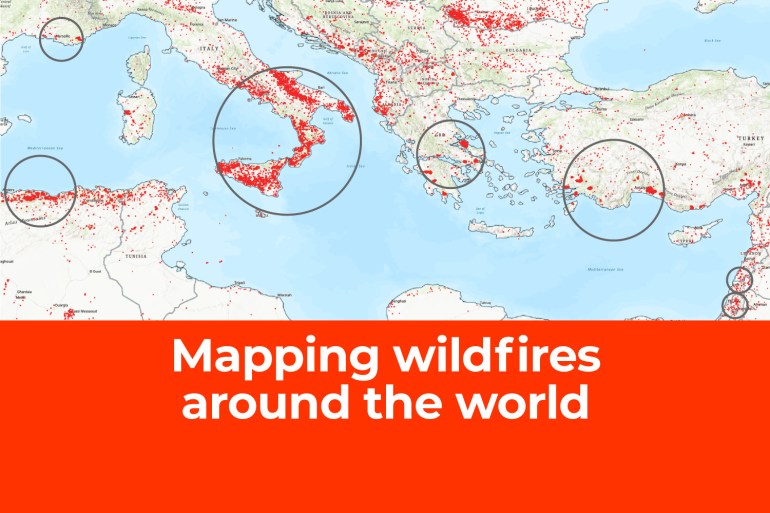
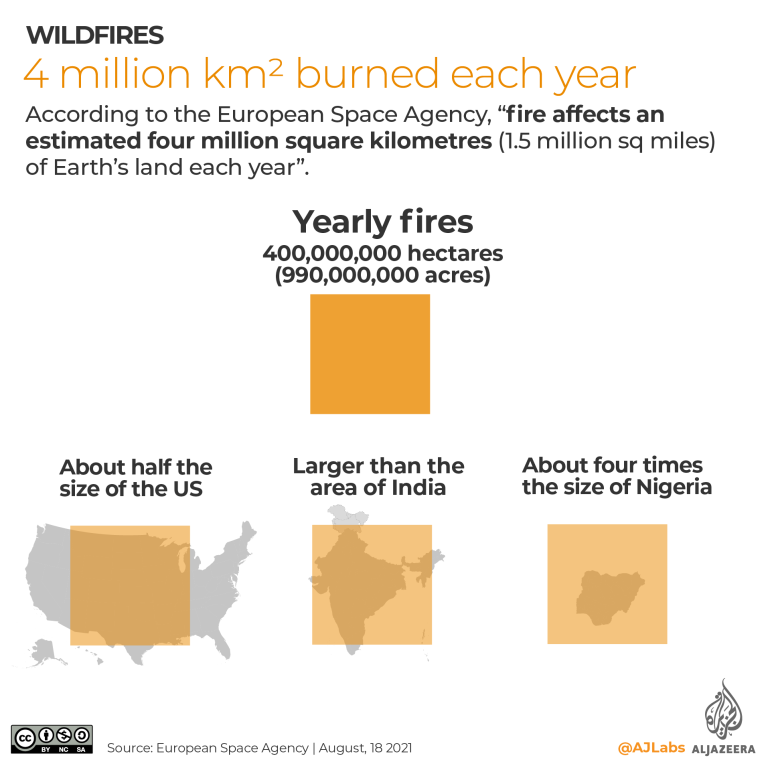

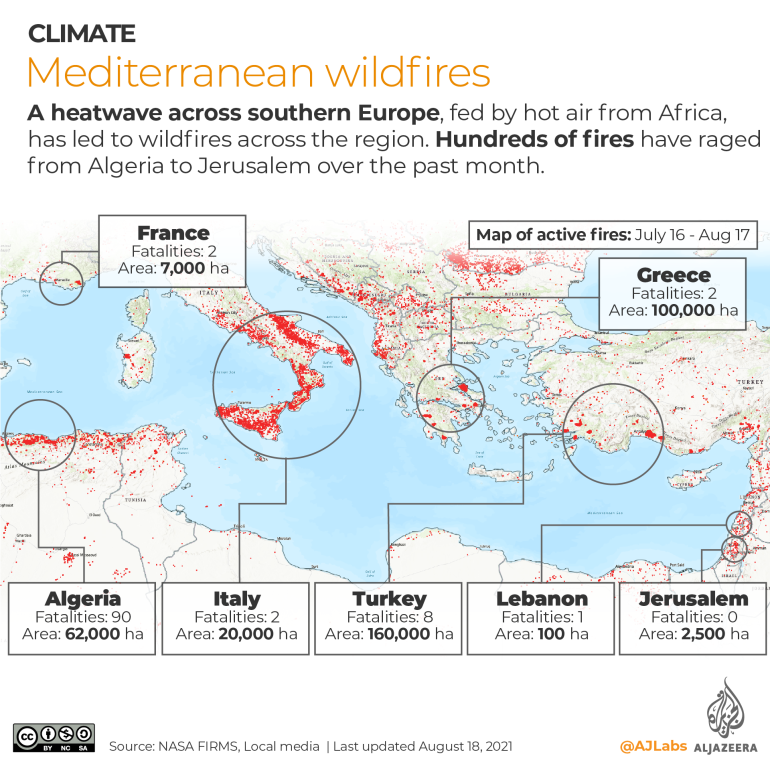
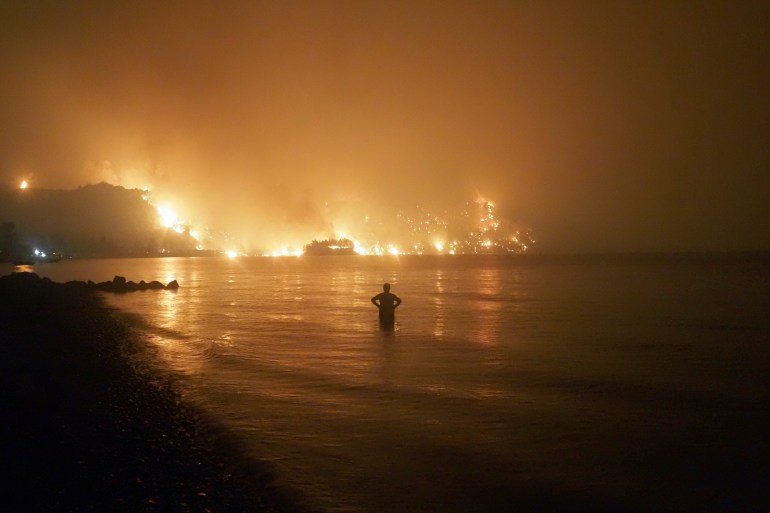
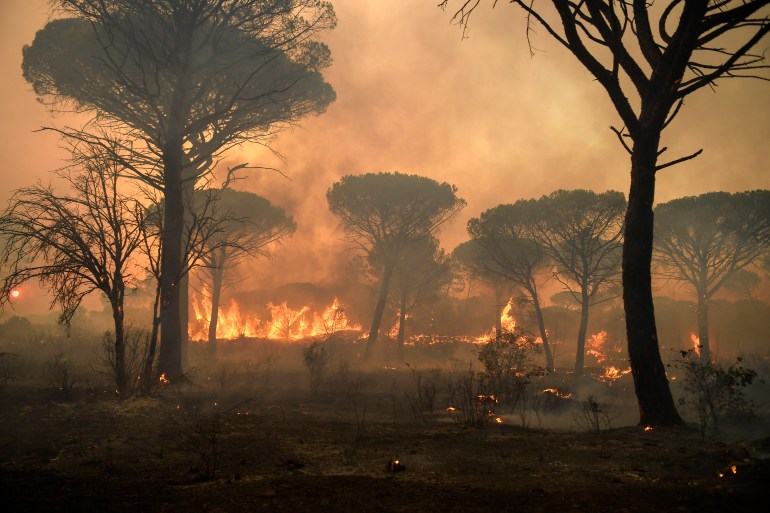
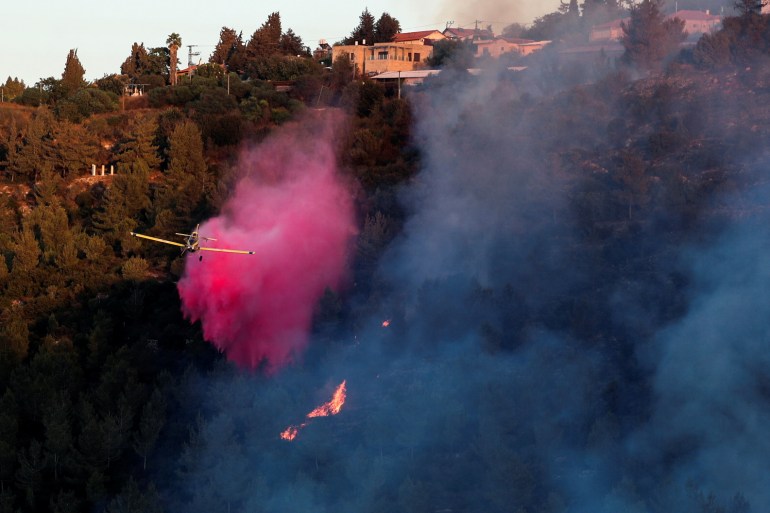
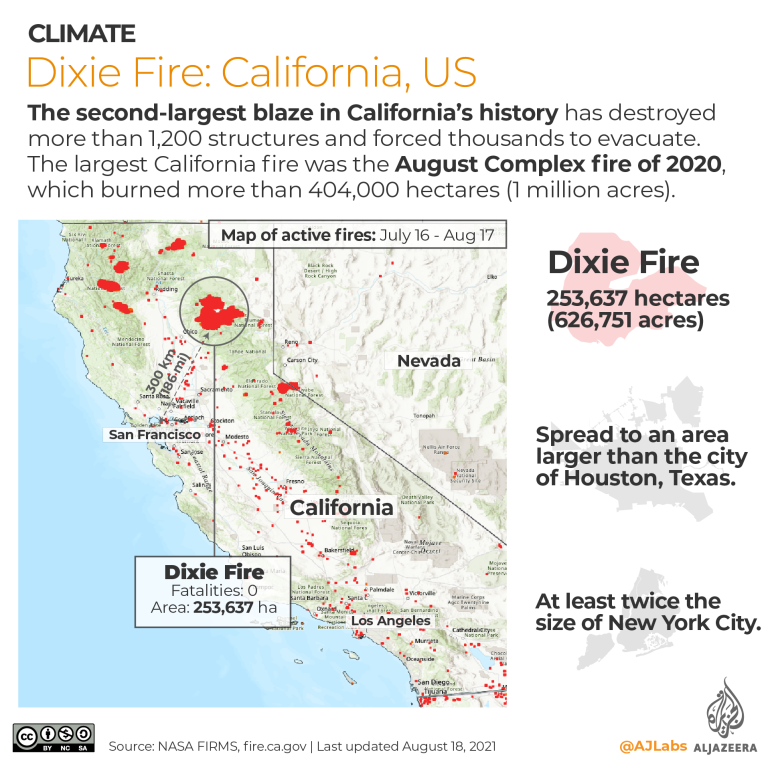
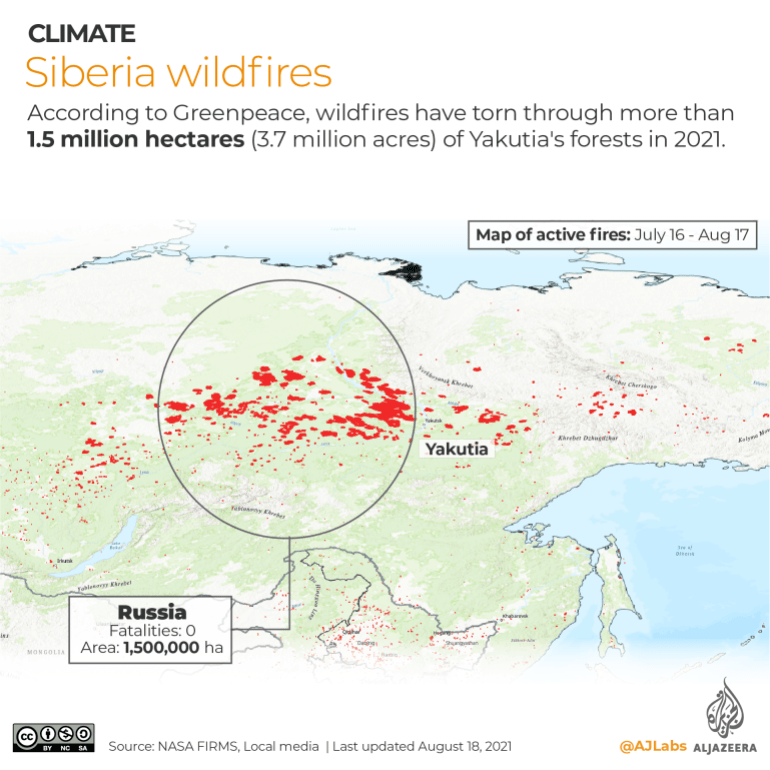
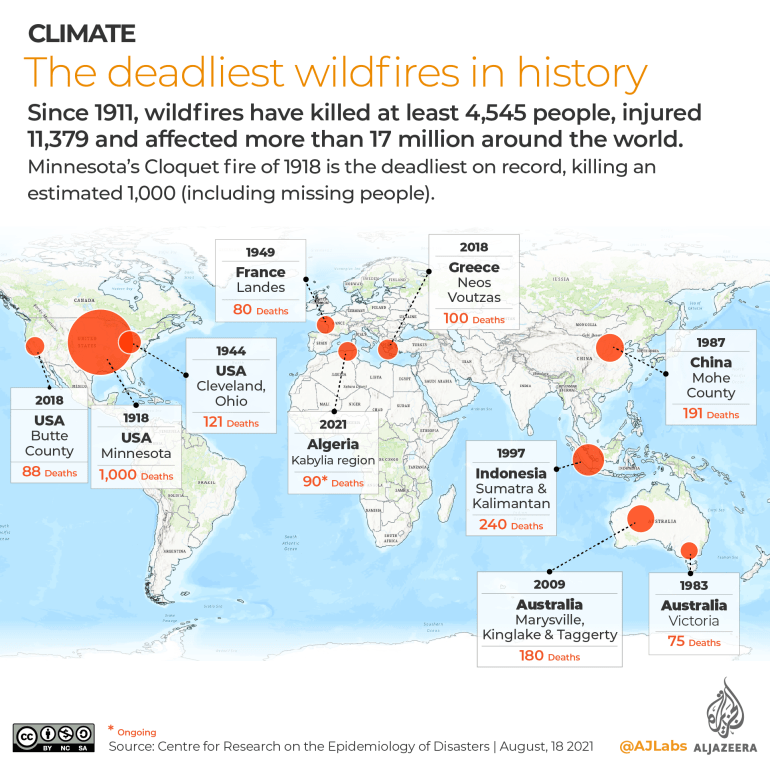



:focal(1199x902:1200x903)/https://public-media.si-cdn.com/filer/ef/ba/efbaa4a7-77ac-423d-9716-c6c8f8e11660/dust_bowl_-_dallas_south_dakota_1936.jpg)
/https://public-media.si-cdn.com/filer/6c/da/6cdae65e-dcd1-4719-9ab6-354ca1faa2b8/dust-bluebkg-scaled.jpg)
/https://public-media.si-cdn.com/filer/0b/02/0b02deec-86e8-4c3f-97d9-778b72fd1539/julaug2021_a29_prologue.jpg)
